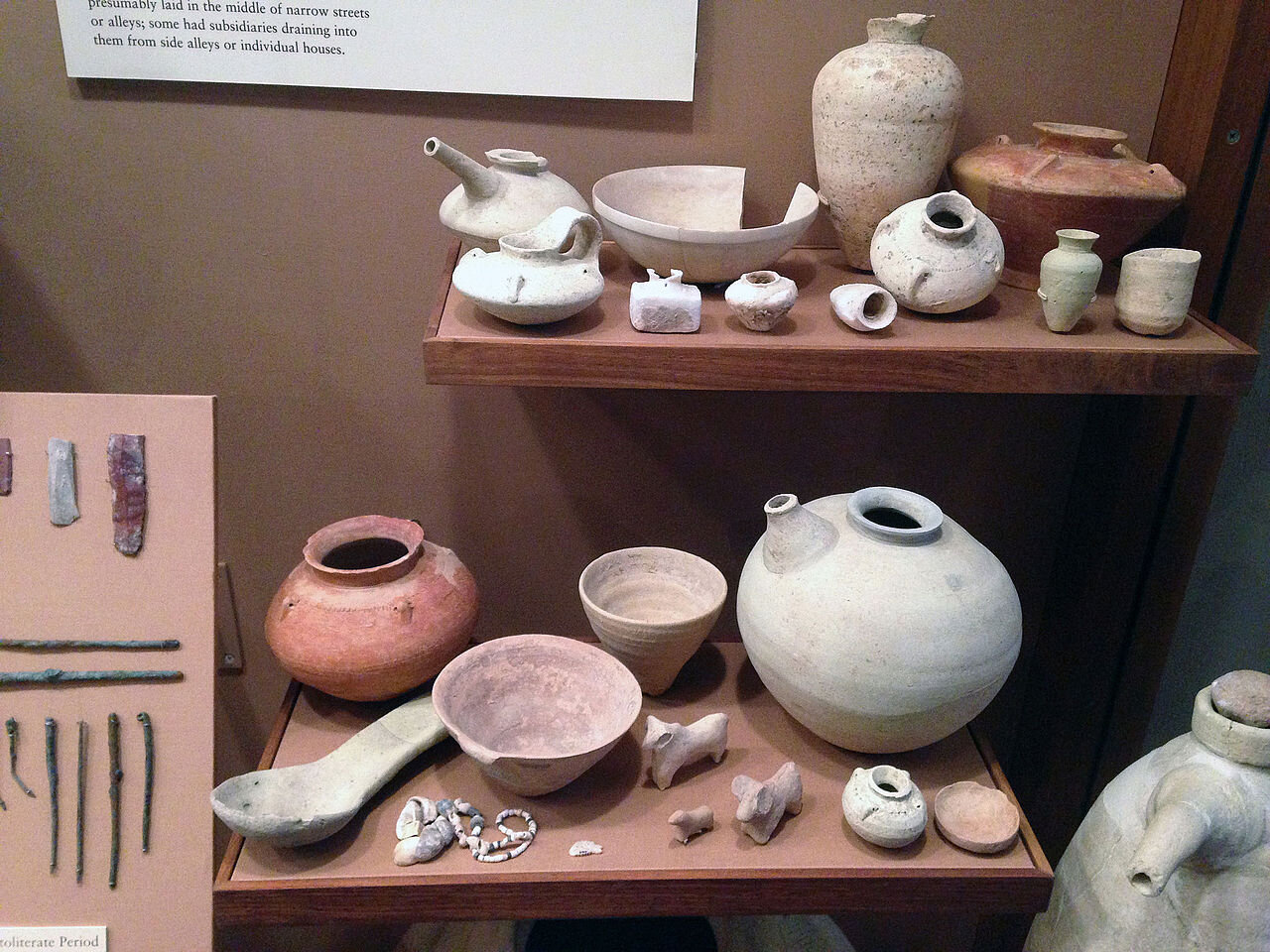‘Chogha Mish, the 9,000-year-old city, shouldn’t remain buried’

TEHRAN – The ancient city of Chogha Mish, nestled within the folds of Dezful’s historical treasures, stands as a testament to Iran’s rich cultural heritage, dating back approximately 9,000 years.
However, concerns have arisen over the neglect and potential oblivion of this invaluable historical site buried beneath the earth’s surface.
Dezful’s tourism chief, Hamidreza Khadem, emphasized the urgency of preserving Chogha Mish’s exceptional historical significance during a commemoration ceremony held last week, marking the Day of Chogha Mish at Dezful’s historical monument.
“The 9,000-year-old historical legacy in Dezful remains largely unrecognized and underappreciated,” Khadem said.
Highlighting the unparalleled historical treasures within the region, Khadem said: “Dezful harbors numerous invaluable historical artifacts, some of which are unparalleled worldwide. Among the 80 historical mounds in Dezful, only five have received national recognition.”
He stressed that reducing Chogha Mish to a mere annual celebration fails to honor its depth and importance. Instead, he advocated initiating excavations and comprehensive exploration to unveil and showcase this magnificent civilization buried beneath the ground.
“There exist 15 historical layers within Chogha Mish, attesting to the richness of its historical tapestry,” Khadem emphasized, urging a more proactive approach toward uncovering and promoting this wealth of historical wealth.
Another speaker at the event, Mohammad Azarkish, who presides over the Dezpart association, echoed similar sentiments during the ceremony, expressing regret over the neglect of Dezful’s historical capacities.
“Dezful boasts an abundance of historical heritage,” he said while demanding the establishment of an archaeology museum.
“It’s a request from heritage enthusiasts and the cultural authorities who are pursuing the creation of such a museum,” Azarkish stressed.
Criticizing the lack of adequate promotion of Dezful’s historical heritage, Azarkish lamented, “Despite the existence of historical artifacts spanning thousands of years, many of these remain unknown within the country due to negligence in their promotion.”
Chogha Mish, dating back to approximately 6800 BC, represents a significant Chalcolithic settlement nestled in the southwestern Khuzestan province situated on the eastern Susiana Plain.Elsewhere in his remarks, he drew attention to a decade-long study at the University of Chicago focusing on Chogha Mish, noting the widespread unawareness of this historical treasure within Dezful.
“Remarkable discoveries from Chogha Mish’s historical mound include the world’s oldest navigational document, the oldest musical script,” Azarkish highlighted, underscoring the vast richness inherent in this invaluable historical site.
Chogha Mish, dating back to approximately 6800 BC, represents a significant Chalcolithic settlement nestled in the southwestern Khuzestan province situated on the eastern Susiana Plain. Positioned just east of the Dez River and approximately 25 kilometers to the east of the ancient Susa, it shares proximity with the smaller site of Chogha Bonut, located about six kilometers to the west.
Historical records indicate its occupation commenced around 6800 BC and persisted from the Neolithic era through the Proto-Literate period (Uruk period), encompassing periods from the Archaic era (7th millennium BC) to the Proto-Elamite period (approximately 3100 BC to 2700 BC).
Following the decline of Chogha Mish around 4400 BC, Susa, situated on the western Susiana Plain, emerged as the primary cultural force in the region.
Archaeologically, the site comprises a cone-shaped mound with a substantial terrace to the south, covering an area of about 200 by 150 meters and rising approximately 27 meters above the plain. The terraced area spans around 400 meters by 300 meters and features four small peaks.
Excavations were conducted between 1961 and 1978, totaling 11 seasons, by the Oriental Institute and later involving the University of California at Los Angeles. This was under the direction of Pinhas Delougaz and Helene Kantor. The uppermost levels revealed Elamite structures, including a fort, dating back to the early 2nd millennium BC (commonly known as the Sukkalmah Dynasty period). Beneath this layer, significant remnants from the Protoliterate period were unearthed.
Discoveries included uniformly perforated stone disks, measuring 4 to 5 centimeters in diameter, presumed to be counters. Additionally, numerous clay cylinder seal impressions from the 4th millennium BC were uncovered.
Seals depicted images possibly representing spinning, weaving, and churning. Approximately a quarter of a million beveled rim bowl fragments were discovered, often in conjunction with kilns, signifying the Uruk period culture. An exceptional find was a high-quality Elamite cup crafted from soft bituminous stone. It was recovered from a burial jar situated in an ancient Protoliterate drain, featuring a handle carved in the likeness of a goat.
These excavations encompass the entire chronological spectrum from the Neolithic era to the Proto-Literate period, offering invaluable insights into cultural advancements in the oil-rich Iranian province.
AFM
Leave a Comment